Leading through innovation
Even more than its meticulous engineering, Mercedes-Benz is defined by its continuous innovation. Since inventing the car in 1886, we've simply never stopped reinventing it.
What begins as a breakthrough becomes the standard for every car on the road.
Mercedes-Benz has a history of making history. Since the first car, Mercedes-Benz has set the pace for what all cars might someday become. With an ongoing stream of firsts in safety, performance and driving enjoyment, it's an ever more exciting roadmap to the future. And while there's a neverending roster of new achievements, there's only one reason the world's first automaker remains first in innovation. Carl Benz said it best: "The love of inventing never dies."Discover more about the Mercedes innovation:
- Learn more about > Mercedes-Benz


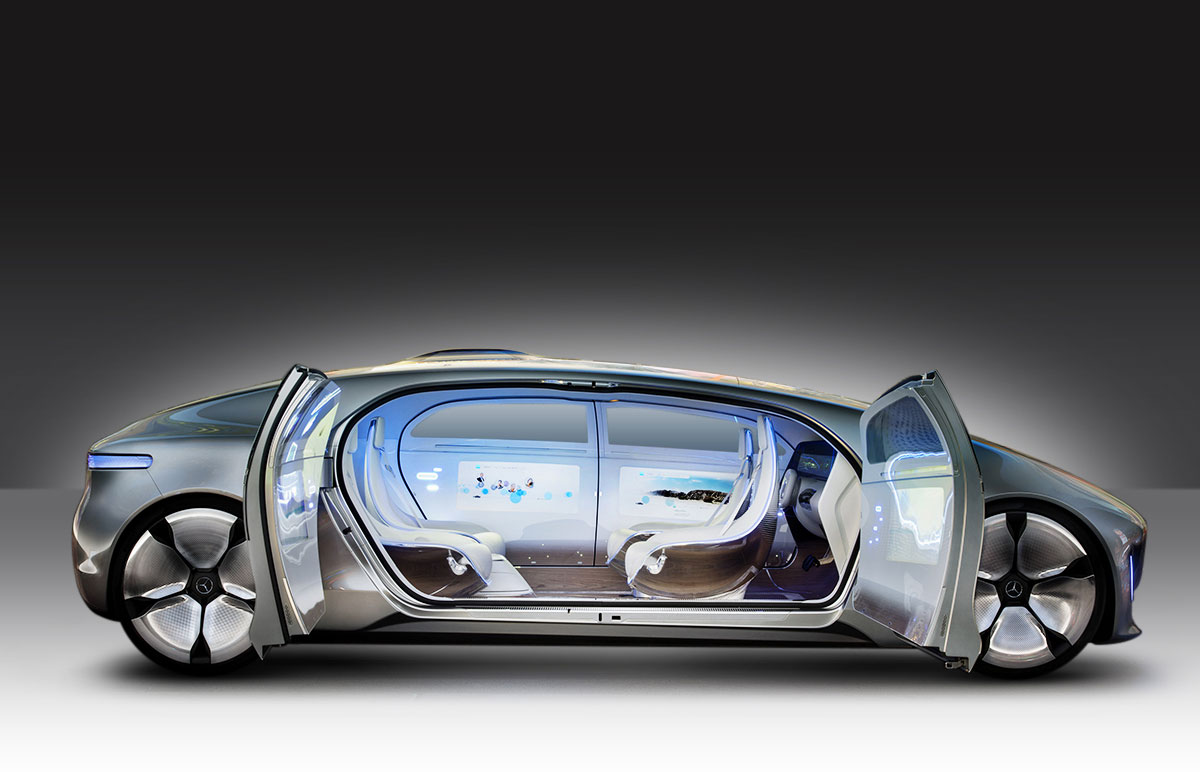
The first car
In 1886, Carl Benz is awarded German patent number 37435 for a three-wheeled, self-propelled "Motorwagen". With a rear-mounted single-cylinder engine, the first automobile forever changes the way people move, and sparks a legacy of innovation that continues to this day.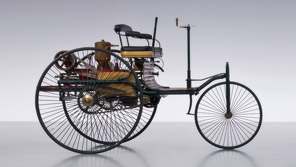
iThe first female driver.
"Bertha Benz, Carl's wife,
decided to help promote his invention by taking it on a 120-mile
tour without his prior knowledge. She also served as her own
mechanic on the trip."
1886
4-wheel independent suspension
The Mercedes 170 features the first-ever fully independent suspension, which allows each wheel to respond individually. Along with a new hydraulic braking system, the 170 sets new performance and safety benchmarks that remain the gold standard today.iIndependent thinking, inspiring control.
"Precise wheel control is a
guiding principle of many later handling and comfort
breakthroughs, from the first 4-wheel independent suspension on an
SUV (the original M-Class), to the highly advanced Active Body
Control (ABC), to the elegant simplicity of AGILITY CONTROL."
1931

Crash testing program
For the first time, development of every new Mercedes includes an increasingly rigorous regimen of crash-testing. This vital learning tool was initially performed outdoors.1958
Antilock Braking System (ABS)
A concept first unveiled in 1970, ABS helps the driver retain steering control under heavy braking by preventing wheel lockup. It remains both a milestone in automotive safety and a cornerstone, with the ability to individually brake wheels serving as a fundamental element of countless future breakthroughs.iBrakes that accelerated progress.
"Single-wheel braking can also
generate corrective rotation of a car about its vertical axis.
This fundamental ABS benefit has since been put to use in
innovations from electronic traction control and stability control
to Active Lane Keeping Assist and Active Blind Spot Assist."
1978
Tele Aid and mbrace
Introduced as Tele Aid and later enhanced under the mbrace® banner, this continually advancing suite of security, convenience and navigation features can connect drivers to their vehicle or to Mercedes-Benz Customer Assistance via smartphone, computer or three buttons inside the car. In 2012, the new mbrace2™ brought the Internet into the car, with new apps and expanded remote and in-car features.iYour world, in motion.
"With mbrace2, you can easily
navigate to places you find on Google, Yelp or even Facebook
friends' check-ins, all from your car."
2000
PRE-SAFE®
A groundbreaking system that can help prepare the occupants for an accident before it happens, PRE-SAFE can detect that certain types of collision might be imminent. In the precious moments before impact, it can snug the front seat belts and adjust the front head restraints to help optimize the effectiveness of the restraint systems.iSafety first, when seconds count.
"PRE-SAFE responds when active
safety systems like ESP are fully engaged but not restoring
control. If it senses a severe sideways skid, it can even close
the windows and sunroof. And if no accident occurs, the seat-belt
tensioners reverse, you reopen your windows, and continue on your
way."
2002
ATTENTION ASSIST
After measuring over 70 parameters in the first few minutes of a drive, this innovation can help detect signs of drowsiness and audibly alert the driver to take a break.iAdded sensitivity, no added sensors.
"Remarkably, ATTENTION ASSIST
operates entirely from sensors already in a Mercedes-Benz. It
cleverly tracks and compiles input from existing systems, from
steering behavior to a lack of interaction with dashboard
controls, to determine that a driver might be getting drowsy."
2010
Car-to-X Communication*
This next-generation system in the 2017 E-Class shares critical information with other vehicles equipped with the technology in order to help warn of potential danger - such as slippery road conditions, fog, heavy rain, and even accidents and break-downs - earlier than ever previously possible. Someday millions of cars could include this kind of technology, making driving safer and smarter than ever.iA visionary enhancement to vehicle perception
"Automated
vehicle communication represents an important evolution in our ability
to detect danger on the road: It allows equipped vehicles to communicate
critical information by means of a cloud-based system. It works in
addition to vehicle cameras and sensors - as well as the driver’s own
senses - to amplify our awareness of driving conditions."
2016
Today, Tomorrow, the Future
How you'll see even more of the world from your Mercedes-Benz.
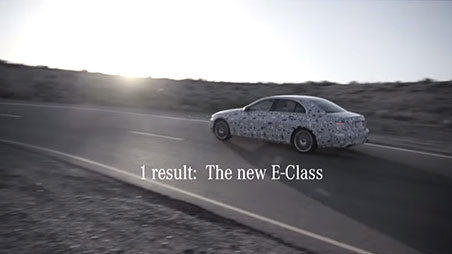
The new E-Class.
The story behind moving ahead.
The creation of a new E-Class launches a new era in the capability of the automobile. Arguably the most technogically advanced car on the road, its innovations in autonomous driving and predictive safety reset the standard for all cars. Mercedes- Benz engineers put millions of miles and thousands of of tests behind them, so that all cars can move ahead.The F 015: Luxury in Motion.
Not just a prediction of the future, a preview.
The Mercedes-Benz F 015 "Luxury in Motion" research vehicle is no mere show-floor concept. It's a revolutionary autonomous vehicle capable of driving itself, while its passengers lounge in a sense of total connectivity. More than futuristic fantasy, it's a functioning preview of a new era of travel whose arrival has already begun.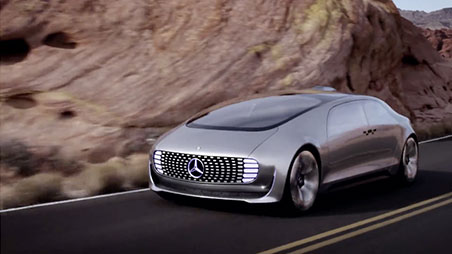
Explore more Mercedes-Benz








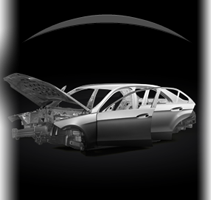





No comments:
Post a Comment